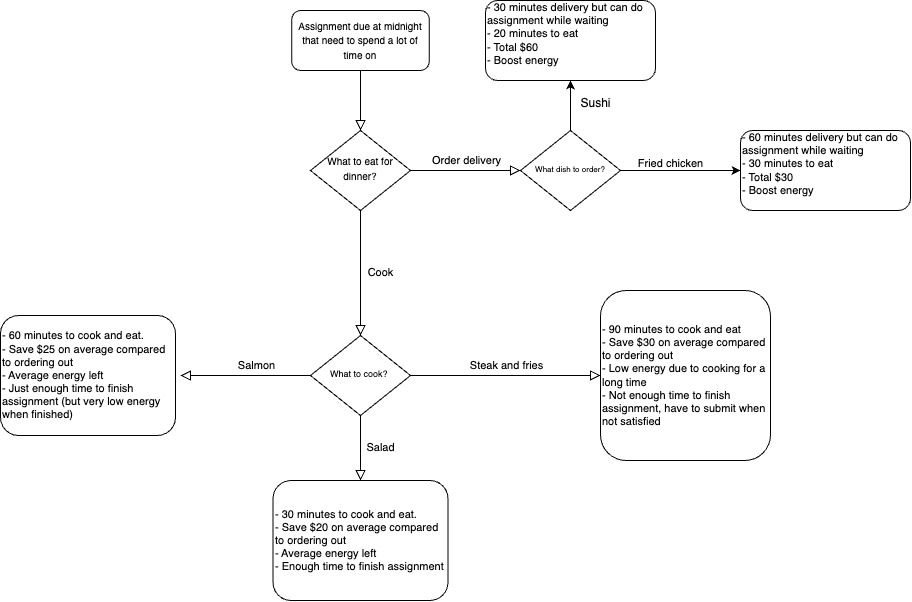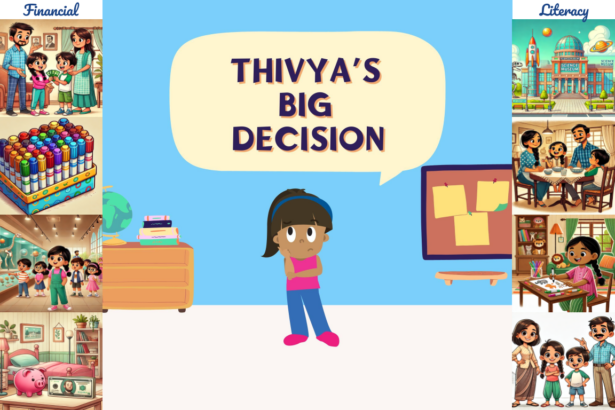Ever struggle to do your taxes? Ever eat out too much or buy too much take out coffee but did not realize? Did you know you have to buy your own toilet paper every month and have to use napkins when you run out of toilet paper? Did you learn how to budget and invest in school or did you only focus on keeping your GPA?
Just like how we have piano practice or tennis practice in order to do well in these skills, we also need adult practice. This is a game that aims to simulate some of the daily tasks as well as the thinking and decision making process that a lot of adults go through when they live independently. However, not all teenagers are exposed to and are aware of these responsibilities, when we are often carried away with academics and grades.
An adult usually has to juggle between work responsibilities and other things going on in life, when a day is only 24 hours and the majority of people don’t have an infinite amount of money. The game also covers financial literacy, where players can informally learn to budget and invest while making decisions.
Check out an example of a game scenario aims to teach learners about time management, opportunity cost (time vs money vs good food), and decision making (scaffolded by providing options to choose from).
The decision tree behind the scene:

Goals
- Educate users about the following skills
- Time management
- Learn about trade-offs and opportunity cost
- Financial literacy
- Expose and have users get used to
- Daily tasks of an adult living independently
- Making decision based on given information while taking into account expected and unexpected situations
Functions
- Game Interface
- Simulation with different scenes
- Decision Making: users are given different options with information about them and they have to make decisions based on the given context and constraints.
- Unexpected Scenario
- Emergency
- Underestimation or overestimation of time and effort

- Time: Reflect time need to spend in real life for each tasks

- Energy Bar: the player’s current battery and energy level

- Money View: like a simple financial management application with data visualization to teach users about financial literacy

Feedback mechanism
- Chain of consequences: The results can be both negative and positive, to educate students about trade-offs and opportunity costs. It is essential to convey that there may not be a singular correct choice in various scenarios.
- Dialogues and Thoughts: in the form of speech bubbles to accurately reflect the current situation and facilitate understanding

- Money, Energy, and Time: These components will be adjusted accordingly based on users’

Images and prototypes for this project were created using online stock images and sounds, OpenArt, Gather (to film moving scenes), and Figma (to draw mock up for the money view). For stock images and OpenArt, I specified the specific style of pixel and gaming-like and searched/prompted for specific components and actions.


-615x410.png)
